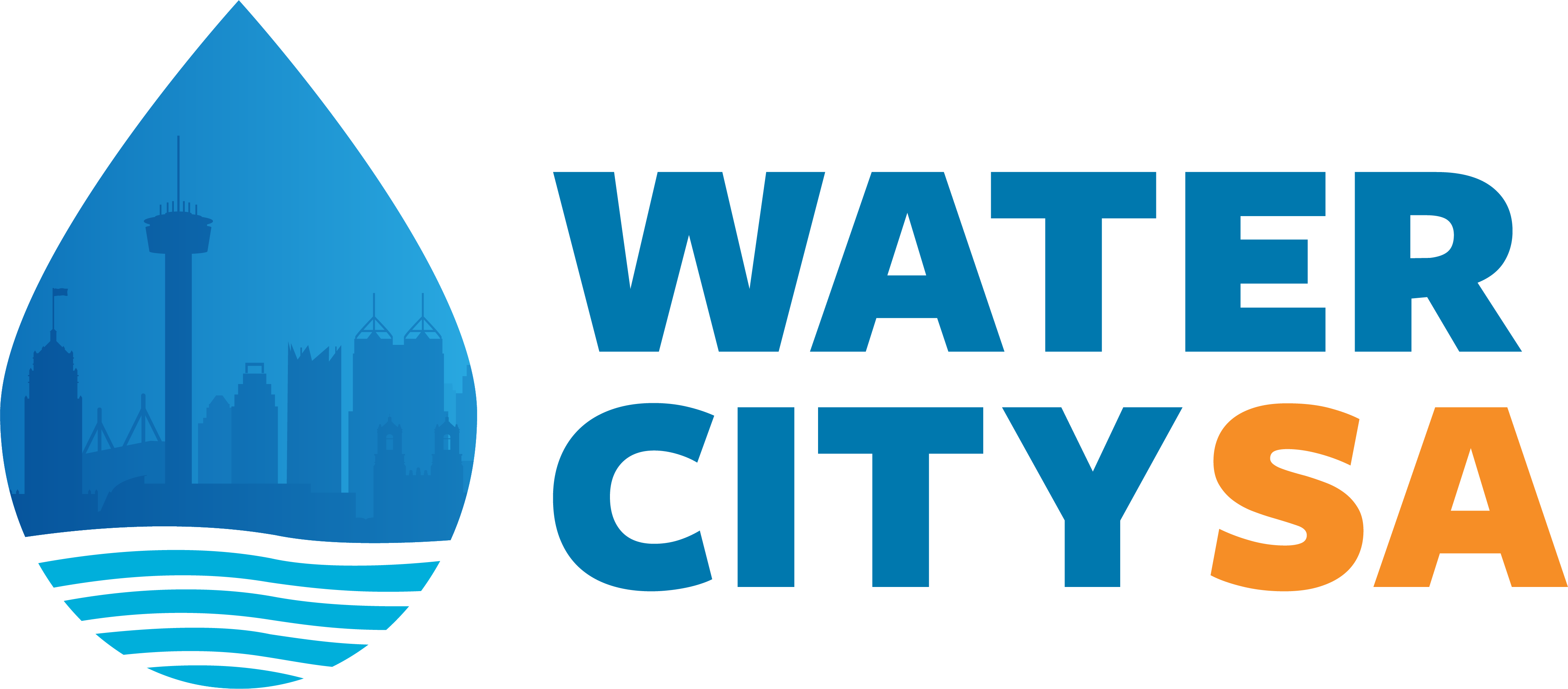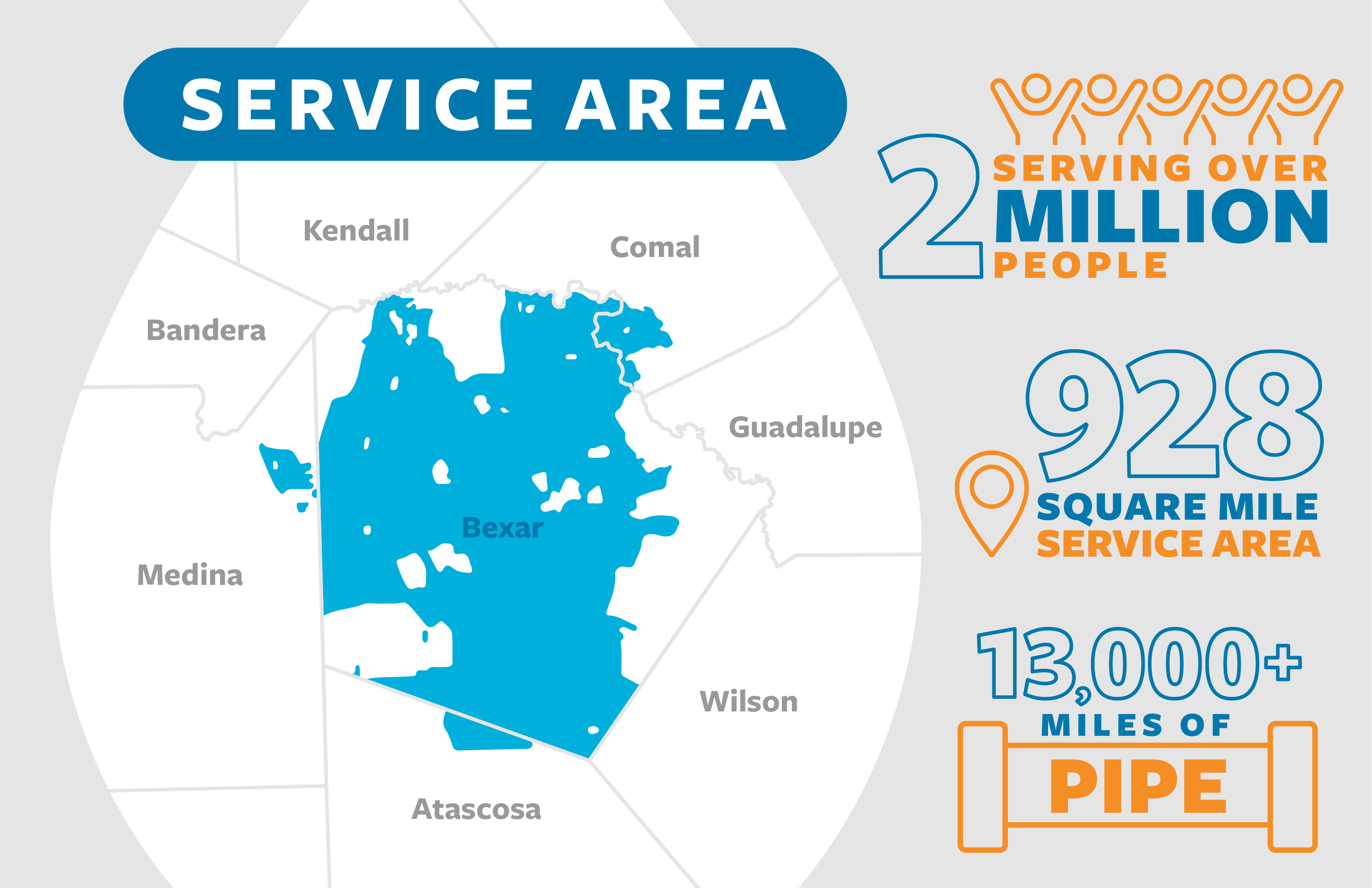
The Water Management Plan, which is updated every five years, ensures San Antonio Water System and the community we serve are navigating a secure water future together. The plan incorporates changes in population projections, water demand patterns, regulations, climate change and water supply options, providing a clear direction for community development.
We’d like your feedback on the SAWS plan to meet San Antonio’s long-term water needs through 2075.
Find the 2024 Draft Water Management Plan below.

Water Management Plan
Click the link below to download or view the 2024 Draft Water Management Plan that was crafted with community feedback. Public Comment is accepted through Friday, August 2, 2024 at 6:00pm.
Water Management Plan Process
- The Water Management Plan update process began with taskforce meetings in March of 2022 which continued through January of 2024.
- A concerted community engagement process also began in March of 2022. This effort included community meetings and this dedicated website
- The site facilitated the review of the 2017 Water Management Plan, presented a poll regarding importance of WMP topics for the update, listed scheduled community meetings, and still provides easy access to view recorded online meetings.
- A Water Management Plan draft was made available on June 21, 2024 and SAWS will be accepting public comments on the plan until 6 p.m. on Friday, August 2, 2024.
- Community feedback will be reviewed, and necessary changes will be implemented before it is presented to the SAWS Board for final approval.


Watch our online public meeting for more information regarding the process of updating our Water Management Plan.

